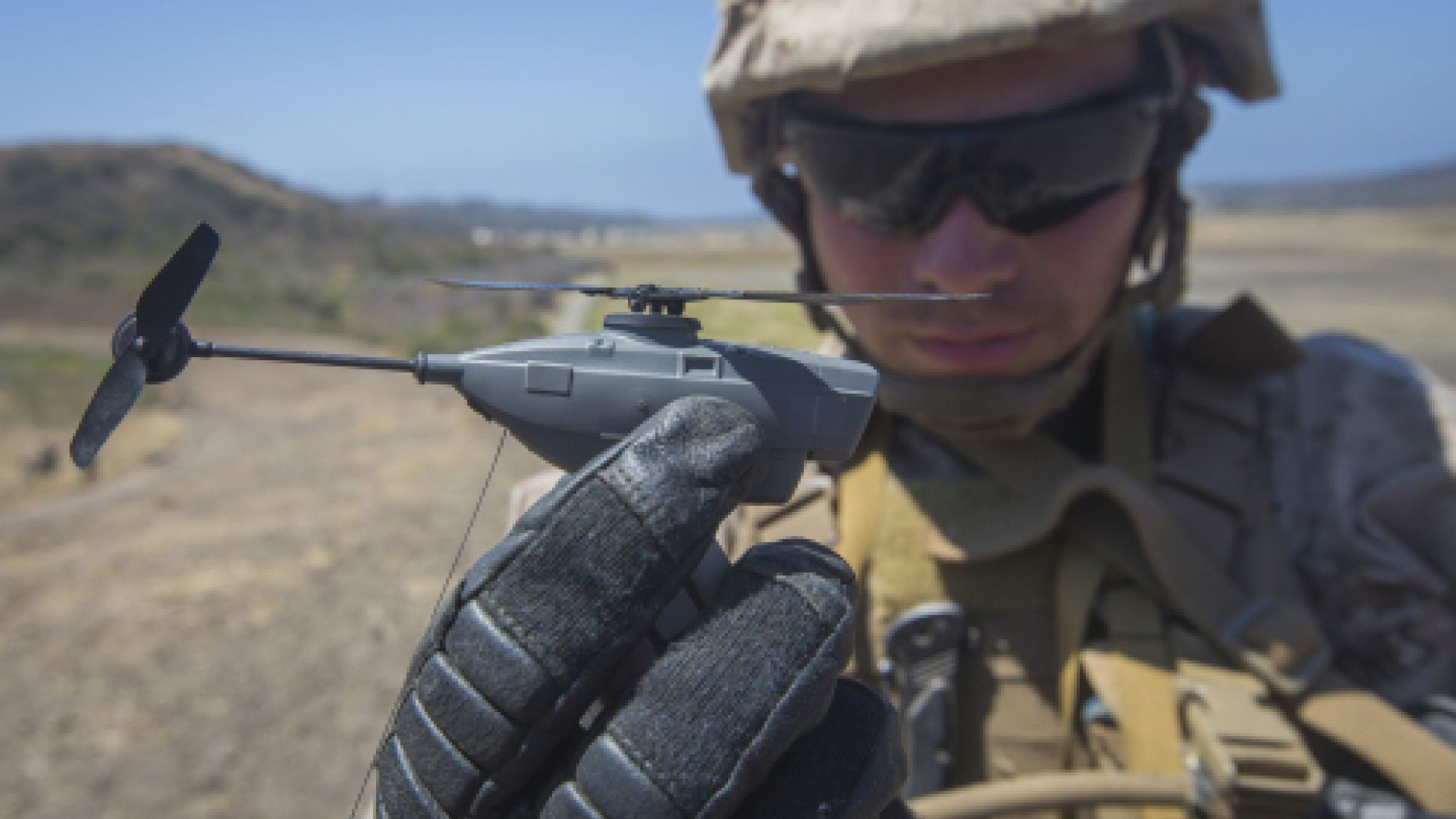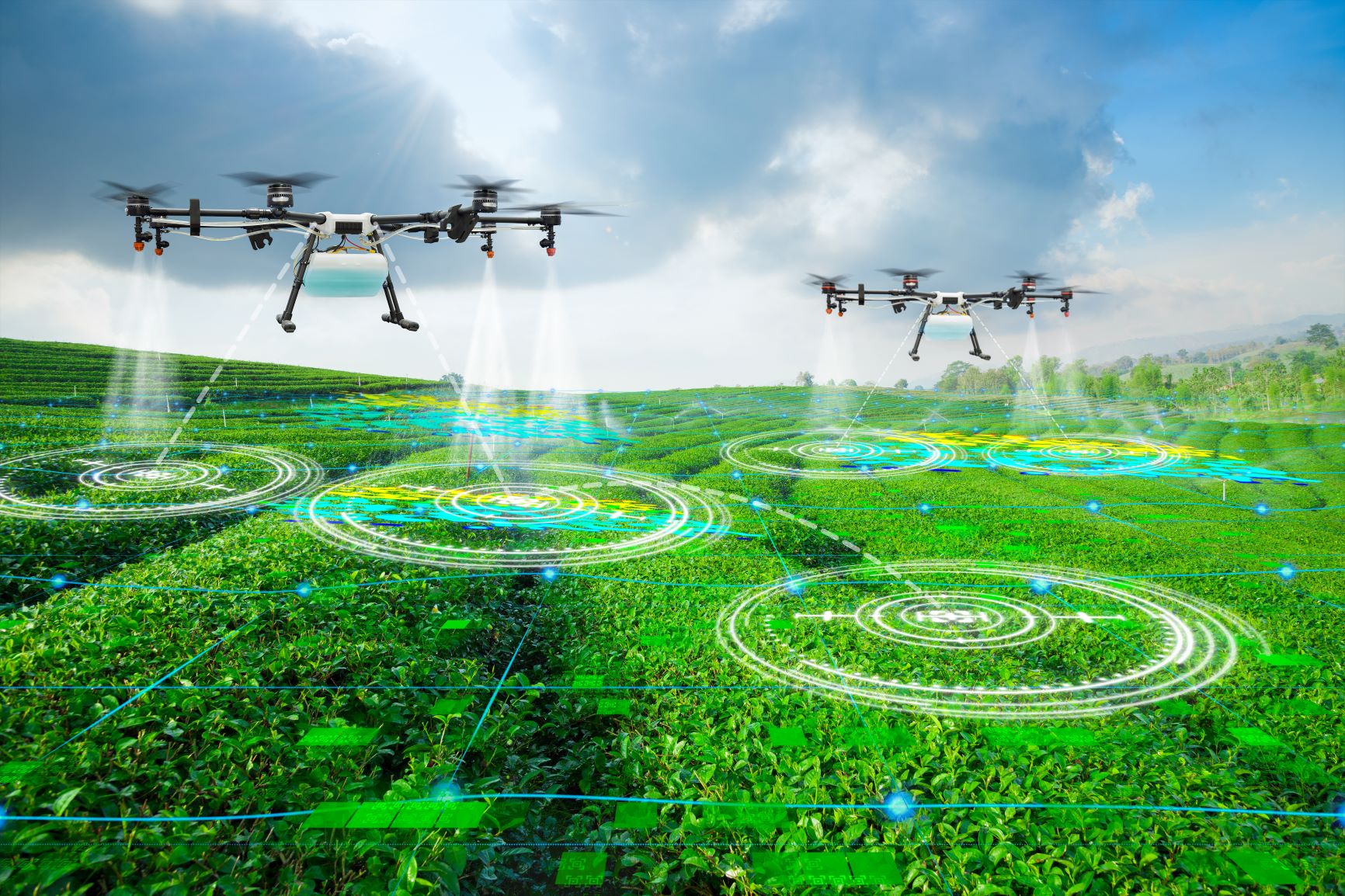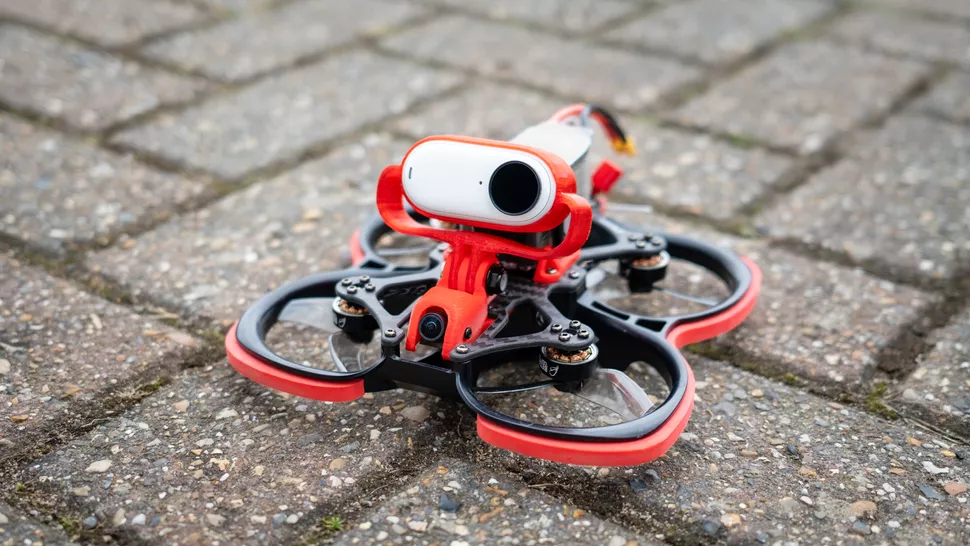Unmanned aerial vehicles(UAVs) have been changing warfare systems for over 30 years. Drones played very vital role during the first Gulf War. Many countries like the US, India, Iran, and China use drones. Larger drones are useful, but smaller drones can be better for some crucial tasks.

The size of the drone is very small and weighs only 16 grams. The drone is only 4 or 5 inches tall. It helps soldiers see what is happening around them. It can be controlled remotely. It gives important information to troops during dangerous missions.
Small drones are easy to hide in enemy lands. They can avoid radar which is tricky. They can’t carry heavy loads. They don’t need a runway which is interesting. Larger drones do need a runway and structures. A Norwegian company made a drone called the Black Hornet.
Countries like the USA, UK, France, Netherlands, Turkey, and Australia regularly use these drones for their missions. The Norwegian company is known for making the world’s smallest spy drone. The Black Hornet is light and easy to carry.
These Black Hornet Drones are important for personal surveillance. Large drones have many challenges to use. The Black Hornet is so small that a soldier can use it with one hand. It has three cameras hidden on the front. It can show live video footage. Black Hornet Drones can detect mines. The device can fly by itself without any help. It can be controlled from 1000 meters away which is very helpful. Black hornet can fly up to 10 meters per second. The price of this drone is 195,000 US dollars.


